This two-part blog will compare the similarities and differences between the approval processes for prescription and non-prescription, or over-the-counter, drugs.
Part One: Prescription Drugs
The Food and Drug Administration (FDA) is the federal agency responsible for approving new prescription drugs before they can be sold to the public. The drug approval process has been in the news during the Covid pandemic as vaccines and treatments for Covid-19 have received first, emergency use authorization (EUA) and then, full approval.
EUA allows the FDA to strengthen the nation’s public health protections against biological threats, including infectious diseases, by facilitating the medical countermeasures needed during public health emergencies. A drug receives full approval when it is determined to provide benefits that outweigh its known and potential side effects. EUA, a temporary and much faster method of approval, allows for rapid deployment of critical drugs while awaiting the results of the full approval process.
In 2011, the last year for which data is available, the FDA, using its standard process, approved 35 new drugs for use by the general public.
Why such a small number? Because the approval process for new prescription drugs is extensive, expensive and time-consuming. The typical time of development of a new drug is about 10 years, at a cost of 1 to 2.6 billion dollars. Let’s work our way through the needed steps.
Once a new drug is developed:
The sponsoring drug company submits an Investigational New Drug application to the FDA detailing the results of initial testing including a number of animal tests, the drug’s composition and manufacturing process and a plan for testing in humans.
Human trials are next. In Phase 1 trials, from 20-80 healthy volunteers are tested to determine the drug’s most frequent side effects and how the drug is metabolized and excreted.
In Phase 2 trials, hundreds of patients are studied to learn the drug’s effectiveness in certain diseases or conditions. This requires the use of controlled trials that compare the effects of the drug and a placebo. Safety remains a concern.
In Phase 3 trials, thousands of patients are used to gather more information about safety and effectiveness.
The FDA convenes a review meeting with the drug sponsor.
The drug sponsor formally requests that the FDA approve the drug for marketing and use in the United States.
Once the drug application is submitted, the FDA has 60 days to decide if it will file the application for review.
The FDA files the new drug application and the FDA review team begins its evaluation of the drug sponsor’s research on the drug’s safety and effectiveness.
The FDA reviews the drug’s professional labeling and assures that appropriate information is communicated both to health professionals and consumers.
The FDA inspects the facilities where the drug will be manufactured.
The drug is approved for use, or the FDA issues a response letter to the drug’s sponsor.
IN Phase 4, the FDA requires that the drug’s sponsor continues to conduct surveillance of the drug after it is on the market in order to detect serious unexpected adverse effects. The FDA will take definitive action if needed.
For more information, click here.

